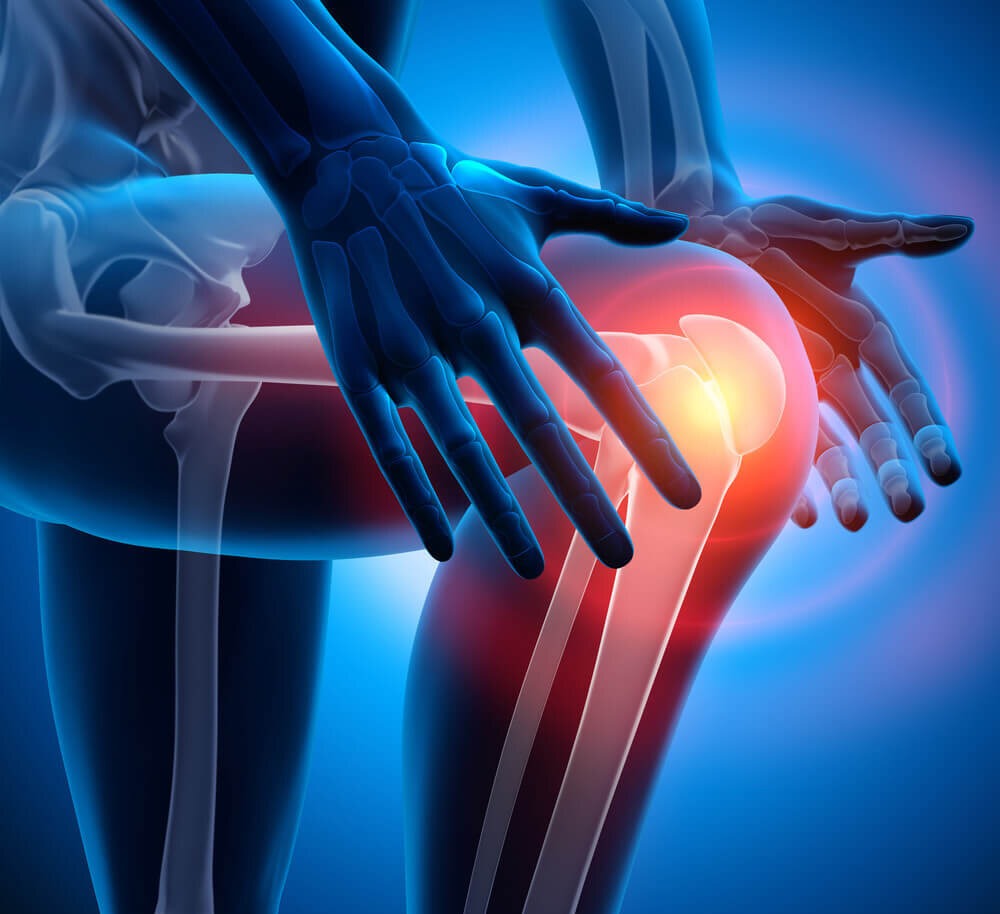Knee Arthroscopy in Turkey
orthopedic and traumatology
Knee Arthroscopy

Knee arthroscopy is a surgical procedure used to diagnose and treat a variety of knee joint problems. It involves the use of a small camera called an arthroscope, which is inserted into the knee joint through small incisions. The arthroscope allows the surgeon to visualize the inside of the knee joint on a monitor, guiding them in performing various surgical interventions.
Here’s an overview of knee arthroscopy:
Diagnosis: Knee arthroscopy is often used to diagnose the cause of knee pain, swelling, instability, or limited range of motion when other diagnostic methods such as physical examination and imaging studies (like X-rays or MRI scans) are inconclusive. The arthroscope enables the surgeon to directly visualize structures within the knee joint, such as cartilage, ligaments, tendons, and synovial lining, allowing for a more accurate diagnosis.
Treatment: Once a diagnosis is made, knee arthroscopy can be used to treat a wide range of knee conditions, including:
Meniscal Tears: Meniscal tears are common knee injuries where the cartilage in the knee (meniscus) is torn. During arthroscopy, the surgeon can trim or repair the torn meniscus, depending on the location and severity of the tear.
Ligament Injuries: Arthroscopy can be used to reconstruct torn ligaments in the knee, such as the anterior cruciate ligament (ACL) or posterior cruciate ligament (PCL), by using graft tissue to replace the damaged ligament.
Cartilage Damage: Arthroscopy can address various types of cartilage damage in the knee, including loose or damaged cartilage fragments, cartilage defects, or early stages of arthritis. Techniques such as microfracture, cartilage debridement, or cartilage transplantation may be used to repair or stimulate cartilage regeneration.
Synovitis and Inflammation: In cases of synovitis (inflammation of the synovial lining) or other sources of knee inflammation, arthroscopy can be used to remove inflamed tissue or debris, helping to alleviate pain and improve joint function.
Procedure: Knee arthroscopy is typically performed under general or regional anesthesia. Small incisions are made around the knee joint, through which the arthroscope and surgical instruments are inserted. The surgeon examines the joint, performs any necessary repairs or treatments, and then removes the arthroscope. The incisions are closed with sutures or adhesive strips, and a sterile dressing is applied.
Recovery: Recovery from knee arthroscopy is generally faster than traditional open surgery, with most patients able to return home on the same day. Physical therapy is often recommended to help regain strength, flexibility, and range of motion in the knee. Recovery time varies depending on the specific procedure performed and individual factors, but most people can resume normal activities within a few weeks to a few months following surgery.
- +90 532 429 47 14
- +90 532 429 47 14
-
aegeanbeautyizmir@
gmail.com
